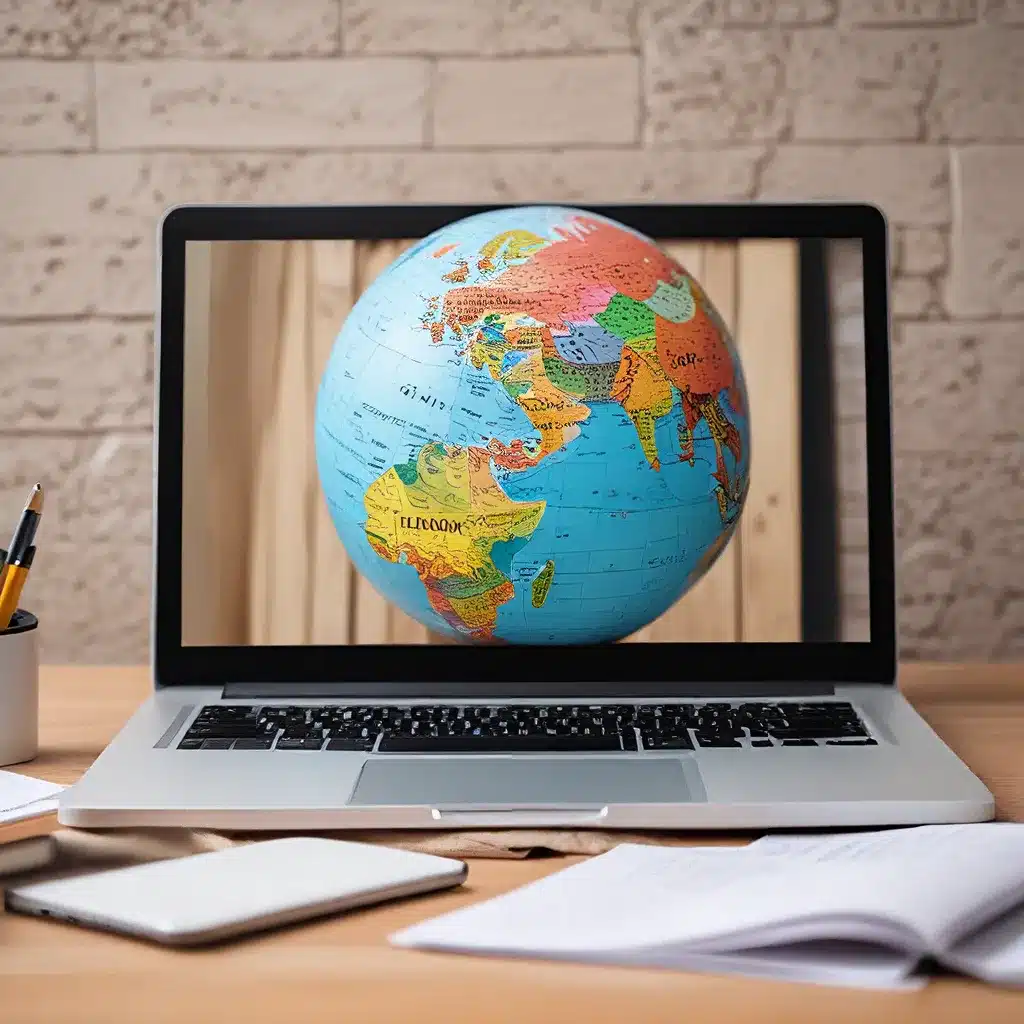
In the rapidly evolving digital landscape, the ability to effectively translate and localize content has become a crucial asset for businesses and organizations aiming to expand their global reach. As the world becomes increasingly interconnected, the need to bridge language barriers and ensure seamless communication has never been more paramount. This article explores the importance of translating content to foreign languages and the various strategies and technologies that can be employed to enhance global accessibility.
The Significance of Multilingual Content
In today’s globalized world, the audience for digital content is diverse and multilingual. Providing content in multiple languages not only caters to the needs of local audiences but also opens up new markets and opportunities for growth. By translating website content, product information, and other digital assets, businesses can effectively communicate with a wider range of customers, partners, and stakeholders, ultimately driving increased engagement and revenue.
Improved User Experience
Delivering content in the user’s preferred language enhances the overall experience, making it easier for them to understand and interact with the information. This, in turn, can lead to increased user satisfaction, higher conversion rates, and better customer loyalty. Localized content also helps to convey the right tone, nuance, and cultural context, fostering a stronger connection with the target audience.
Competitive Advantage
Organizations that invest in multilingual content often gain a significant competitive advantage in their respective industries. By catering to the needs of diverse language groups, they can tap into new markets, reach a wider customer base, and differentiate themselves from competitors who may be limited to a single language or region.
Compliance and Accessibility
In certain sectors, such as government and healthcare, providing content in multiple languages may be a legal requirement or a best practice for ensuring accessibility and inclusivity. Adhering to these standards not only demonstrates a commitment to serving diverse communities but also helps to avoid potential legal or regulatory issues.
Strategies for Effective Content Translation
Translating content effectively requires a strategic approach that considers various factors, from technological solutions to linguistic and cultural nuances. Let’s explore some key strategies that organizations can employ to enhance their multilingual content offerings.
Machine Translation and Post-Editing
Advancements in machine translation (MT) technologies, such as neural machine translation (NMT), have significantly improved the quality and efficiency of automated translation. While machine translation can provide a cost-effective and scalable solution, it often requires post-editing by professional human translators to ensure the accuracy and quality of the final content. The combination of machine translation and human post-editing can be a powerful approach for organizations seeking to translate large volumes of content.
Professional Human Translators
For content that requires a high degree of accuracy, nuance, and cultural sensitivity, engaging professional human translators is often the preferred approach. These linguists not only possess expertise in the target language but also have a deep understanding of the contextual and cultural aspects that can significantly impact the quality of the translated content.
Localization and Adaptation
Effective multilingual content goes beyond mere translation; it requires localization and adaptation to ensure that the content resonates with the target audience. This may involve adapting visuals, idioms, cultural references, and other elements to align with the local market’s preferences and norms. By incorporating localization strategies, organizations can create a more authentic and engaging experience for their global users.
Terminology Management
Maintaining consistency in the use of industry-specific terminology and branding across multiple languages is crucial for ensuring the quality and coherence of translated content. Implementing a robust terminology management system, which may include glossaries, style guides, and translation memories, can help to streamline the translation process and ensure that the final product adheres to the organization’s standards.
Continuous Improvement
Translating content is an ongoing process, and organizations should embrace a mindset of continuous improvement. This may involve regularly reviewing the performance of translated content, gathering user feedback, and making adjustments to the translation workflows and strategies as needed. By continuously refining their approach, organizations can ensure that their multilingual content remains effective and aligned with the evolving needs of their global audience.
Technological Advancements in Content Translation
The field of content translation has been significantly transformed by the rapid advancements in technology. From machine translation to cloud-based translation platforms, organizations now have access to a wide array of tools and solutions that can streamline the translation process and enhance the quality of the final output.
Machine Translation (MT)
As mentioned earlier, machine translation technologies, such as neural machine translation (NMT), have made significant strides in recent years. These AI-powered systems can quickly and cost-effectively translate large volumes of content, with the potential for continuous improvement through ongoing training and refinement.
Computer-Assisted Translation (CAT) Tools
Computer-assisted translation (CAT) tools, such as translation memory systems and terminology management platforms, provide a comprehensive suite of features to enhance the efficiency and consistency of the translation process. These tools can help to maintain brand voice, reduce translation costs, and streamline collaboration between translators and subject matter experts.
Cloud-Based Translation Platforms
Cloud-based translation platforms offer a centralized and scalable solution for managing the entire translation workflow. These platforms typically include features like translation memory, glossary management, project management, and real-time collaboration, making it easier for organizations to coordinate and oversee their multilingual content initiatives.
Multilingual Content Management Systems (CMS)
Integrating translation capabilities directly into a content management system (CMS) can greatly simplify the process of creating, managing, and publishing multilingual content. Many CMS platforms now offer built-in translation features or seamless integration with third-party translation services, allowing organizations to streamline their content localization efforts.
Artificial Intelligence and Machine Learning
The continued advancements in artificial intelligence (AI) and machine learning (ML) are poised to have a significant impact on the future of content translation. These technologies can be leveraged to enhance the accuracy and fluency of machine translation, automate certain translation tasks, and provide intelligent content recommendations based on user preferences and behavior.
Embracing the Multilingual Future
As the world becomes increasingly interconnected, the need for effective multilingual content has never been more pressing. By embracing translation strategies and leveraging the latest technological advancements, organizations can unlock new opportunities for global growth, enhance user experiences, and position themselves as leaders in their respective industries.
To stay ahead of the curve, it is crucial for businesses and web development professionals to keep a close eye on the evolving trends and best practices in content translation. By continuously exploring new tools, techniques, and strategies, they can ensure that their digital presence remains accessible, engaging, and relevant to a diverse global audience.
Remember, the journey towards a truly multilingual and globally accessible web is an ongoing one, but the rewards for those who invest in this effort are substantial. So, let’s embark on this exciting journey together and unlock the full potential of the worldwide web.
Visit our website to learn more about our web development and digital marketing services, and how we can help your organization reach a global audience through effective multilingual content strategies.




